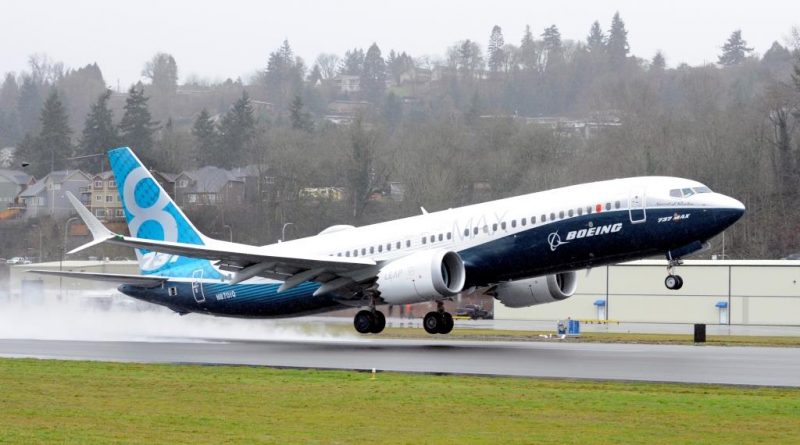EASA five conditions to lift MAX ban
EASA five condition to return MAX in flight
Facts
Several European media including Bloomberg, have released a list of five issues to be solved on the MAX before EASA agrees to allow it to fly back to Europe. This list has been forwarded to the FAA and contains the following five issues:
1. The potential difficulty of pilots in rotating the MAX trim wheel.
2. The unreliability of angle of attack indicator.
3. Inadequate training procedures for pilots.
4. The software problem concerning the slowdown of a microprocessor (the FAA has recently identified this problem).
5. Failure of autopilot to disengage in some emergency situations (this is a new problem).
The trim
The first problem of the list is known for a long time because it is also present on the B737NG; it concerns the design of the systems that activate the trim as well as the design of the horizontal stabilizer. To our knowledge, Boeing has not worked on this issue lately and will need to do this quickly. Logically, if this problem is also present on the B737NG and MAX, the fix should be made on both versions. The development of a solution for the compensator problem will require several months of work alone.
The AoA
The fact that EASA asks Boeing to solve the lack of reliability of the AoA tends to contradict the theory that it is a bird strike that caused their failure during the two fateful flights. Will Boeing be able to fix this problem without changing sits upplier?
Pilot training
Boeing has always maintained that there is no need for additional training for pilots to transition from B737NG to MAX. EASA has decided otherwise and the aircraft manufacturer will have to resolve to develop additional training for the MAX.
The capacity of the microprocessor
The fact that the flight computer is saturated is a serious problem that requires its replacement by a more efficient system. You cannot allow an airplane to fly with a system that is almost saturated, it violates the most basic safety rules.
The autopilot
For the autopilot problem that does not disengage, it is possible that replacing the on-board computer will fix this problem, otherwise Boeing will have to review some of its programming.
The shock wave
As can be seen, Boeing still has a lot of work to do in order to safely return the B737MAX. All these changes need to be developed in parallel in order to be able to measure the impacts they will have on each other. In this context, it is obvious that it will not be in 2019 that the MAX will fly again. The first half of 2020 as the date of return to service is possible, but it is optimistic while the second half of 2020 now appears more realistic.
On July 24, Boeing will present its financial results for the second quarter of 2019 and will have to update the future impacts of the MAX’s financial problems as it has completed a form for this purpose. With MAX’s deliveries stopped for a period of more than 12 months, difficult decisions will have to be made, such as drastically slowing the production rate.
Although it reduced the production rate of the MAX to 42 aircraft per month in April, Boeing asked its suppliers to maintain a rate of 52 units per month. The purpose of this decision was to make up for delivery delays if the MAX was allowed to fly again after a few months. But the new delays in the return to service of the MAX leave everyone with considerable inventory surplus.
The result for suppliers is that they will end up with large stocks of unsold parts and systems for which they will not be paid for a year or more. For the workers of the American aerospace industry, it is the worst-case scenario that comes with all the negative consequences attached to it.
Boeing’s profitability
Sooner or later, Boeing will have to pay financial compensation to its customers for the period of time that the MAX was banned from flying. This is likely to take the form of an additional discount on the next deliveries.
To this must be added the lawsuits from suppliers that will accumulate over the next 12 months. There are also the families of the victims, the various stakeholders who feel aggrieved by the problems of the MAX and the investors who will have lost money.
The size of the discounts granted to the airlines added to the amounts of the various lawsuits will affect Boeing’s profitability for years to come. It will take time, a long time before Boeing gets out of this crisis.
>>> Follow us on Facebook and Twitter

